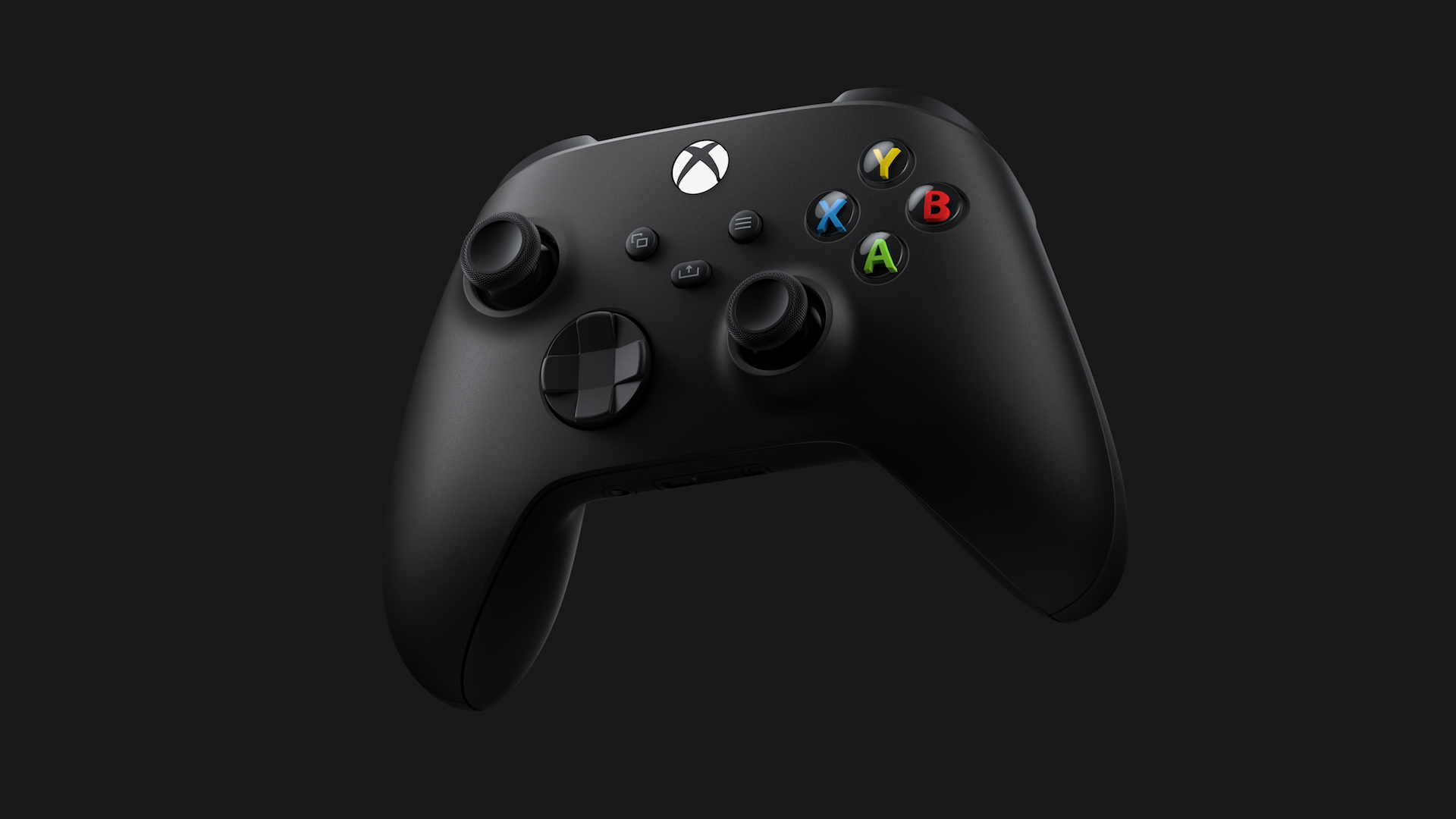With the planned launch date of the Xbox Series X drawing closer, Microsoft have pulled back the curtain on their next-gen console, and the last day has seen them revealing a ton of new details about its hardware and the tech powering it.
Something that we’ve know about the Series X for a while now is the fact that it will feature GDDR6 memory, which represents quite a step-up over current-gen consoles. In a detailed article zooming on the console, Digital Foundry revealed some new details on this aspect in particular.
The Xbox Series X will use a 320-bit interface, with the mainboard comprising ten 14gbps GDDR6 modules, of which six are 2 GB chips, and the remaining four 1 GB chips. The allocation of that memory, however, is what really draws the eye. Essentially, the
Arrangement on board: Microsoft’s solution for the memory sub-system saw it deliver a curious 320-bit interface, with ten 14gbps GDDR6 modules on the mainboard – six 2GB and four 1GB chips. The performance here, however, will be asymmetrical.
“Memory performance is asymmetrical – it’s not something we could have done with the PC,” explained Andrew Goossen, technical fellow on the Xbox Series X at Microsoft. “10 gigabytes of physical memory [runs at] 560GB/s. We call this GPU optimal memory. Six gigabytes [runs at] 336GB/s. We call this standard memory. GPU optimal and standard offer identical performance for CPU audio and file IO. The only hardware component that sees a difference in the GPU.”
How this all splits out for the developers is fascinating. Of the total 16 GB memory capacity, Microsoft’s solution essentially reserves the vast majority for the actual running of games. A total of 13.5 GB – 10 GB of GPU optimal memory and 3.5 GB of standard memory – is dedicated to games themselves, while the remaining 2.5 GB from the slower pool is used for the operating system and background functions, which means games get more potential bandwidth, the results of which, in theory, should be more than tangible.
“In conversations with developers, it’s typically easy for games to more than fill up their standard memory quota with CPU, audio data, stack data, and executable data, script data, and developers like such a trade-off when it gives them more potential bandwidth,” said Goossen.
While the fact that Microsoft will be supporting both the Xbox One and the Xbox Series X for the foreseeable future might mean that we might not see first party games being able to take full advantage of that in the immediate future, the potential is still exciting, especially when you factor in other features like hardware decompression and its new Velocity Architecture.
Plenty of other notable details on the Xbox Series X have also emerged- be sure to read up on its new controller, its backward compatibility functions, and its expandable storage through the links.
Meanwhile, though there have been more than a few concerns that potential manufacturing issues caused by the ongoing coronavirus pandemic might result in a delayed launch for nex-gen consoles, Microsoft seem to be confident of hitting their intended Holiday 2020 release window. Read more on that through here.















